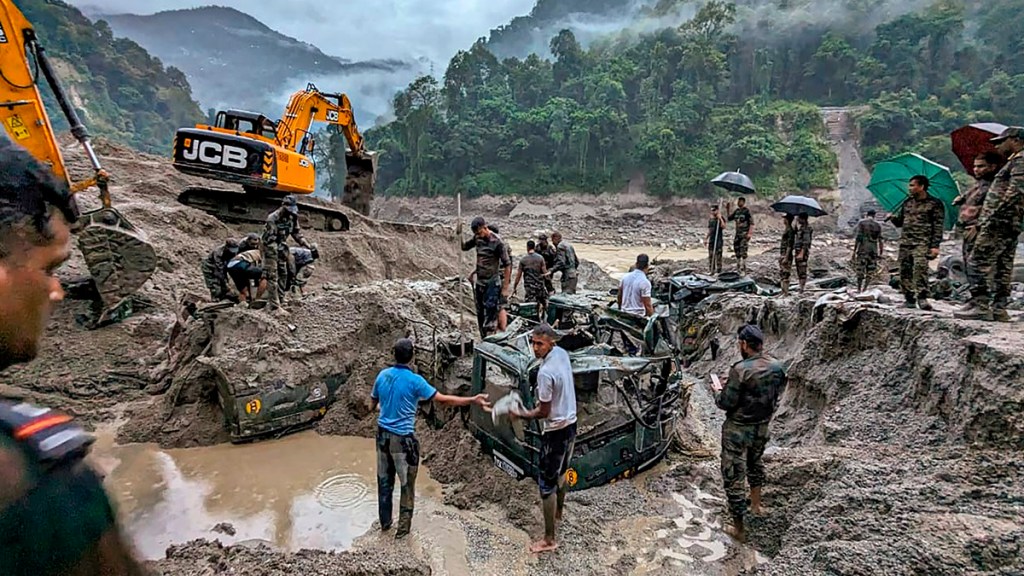By Mohit Hira
Siddarth Shrikanth’s The Case for Nature: The Other Planetary Crisis is based not just on extensive research but also on the author’s love for nature and deep-rooted concern for a world that seems to be drifting away from what he lucidly refers to as “natural capital”. Making a distinction with the more popular term, ‘climate’, he attempts to draw the reader back into the very ethos of nature at a fundamental level.
Shades of his tenure at McKinsey perhaps have led him to write, “Natural capital is simply a framework that can allow us to recognize a sliver of the value that we derive from the natural world: the ways in which our natural assets, like forests and oceans, can provide a range of ecosystem services that represent economic and social goods.”
Having travelled widely, Shrikanth connects Kanha with Komodo, communities with carbon neutrality and policies with practicality. Of the 10 chapters into which the book is structured, I found two particularly insightful: Tech x Nature and Natural Capital: A Framework. More so, perhaps because the concept of Nurture Capital from YourNest, a venture capital fund I am associated with, is helping a unique breed of technology startup founders build long-term businesses.
The Tech x Nature chapter propagates the creation of a ‘technology dashboard for the planet’ that can leverage data from satellites, LiDAR (Light Detection and Ranging), camera traps, eDNA, NFTs and a host of currently available technologies and techniques. The idea is so obvious—like something that’s right under your nose and, therefore, overlooked—that one wonders why someone has not aggregated technology to address a planetary issue.
“Having been raised on Sir David Attenborough’s documentaries, we all know how earlier advances in visual media turned generations of city-dwellers and suburbanites into ardent nature lovers,” writes the author. With the intersection of technology and nature, there is no telling how impactful this can be.
The previous chapter is, in fact, dedicated to the idea of Natural Capital, and while it starts off in a pedantic and somewhat repetitive manner (perhaps to ensure that the reader gets the idea), it goes beyond history to the now and here. Drawing a parallel between the value nature can unlock and economics, Shrikanth does help open the readers’ minds: if one views trees in a rainforest or schools of fish in a river, for instance, as stock or a natural capital asset, the timber and the fishing catch would be what economists call a flow of capital. This raison d’etre is at the core of the author’s belief that while nature might be priceless, it has a tangible value which needs to be nurtured. He elaborates further to write about a range of services—provisioning, regulating, cultural and supporting services—that are impacted by the natural ecosystem.

Later in the book, in a chapter interestingly titled Fighting Fire with Finance, he adds to the plethora of case studies and evidentiary examples of why investing in nature yields results that are beneficial for mankind. However, by his own admission, his focus is not additional investments but on exploring “clever ways in which we can put that money to use”. He then goes on to cite examples of investors whose funds helped restore a forest in California via a pioneering ‘Forest Resilience Bond’. In a country such as India, where there seems to be no dearth of funds pouring into the stock markets or even into electoral bonds, one wonders what it will take to make investments in nature more attractive. The California example highlights how investors funded projects to tackle wildfires and yet succeeded in returning investors’ capital over time—both the funder and the forest benefited.
Insurance is another area where the author draws upon to illustrate how a state government in Mexico took out an insurance policy to protect a valuable natural resource—the Mesoamerican Reef which runs along “the Caribbean coasts of Mexico, Belize, Guatemala and Honduras… and supports the Riviera Maya tourism hub which generates $10 billion annually.” Fortuitously, the policy was issued a year before a devastating hurricane ripped through the region; the immediate payout of $850,000 ensured repairs along the coast and reduced what could have been even more damaging to the precious reefs. Again, given the vagaries of climate and the recent floods in Pakistan as well as the destruction of a dam in Sikkim, there is an extremely strong case for the region’s policymakers to consider financial interventions that will not prevent the damage to nature, but will ensure quick and steady flow of funds to repair and restore impacted communities as well. Later in this chapter, he refers to the India Climate Collaborative (ICC) and how they are “building a portfolio of nature-based projects, using philanthropic cash to do the groundwork that can make projects attractive to private investors.”
It is because of these illustrations that a reader will find inspiration—not just in the very idea of nature but in the hope that Shrikanth ignites off a people-planet partnership. And that is why the book is a must-read over a period of time, and not to be binged upon.
Title: The Case for Nature: The Other Planetary Crisis
Author: Siddarth Shrikanth
Publisher: Penguin Random House
Pp 304, Rs 699
Mohit Hira is co-founder, Myriad Communications; and venture partner at YourNest Capital Advisors









